PEMBREY HOUSE
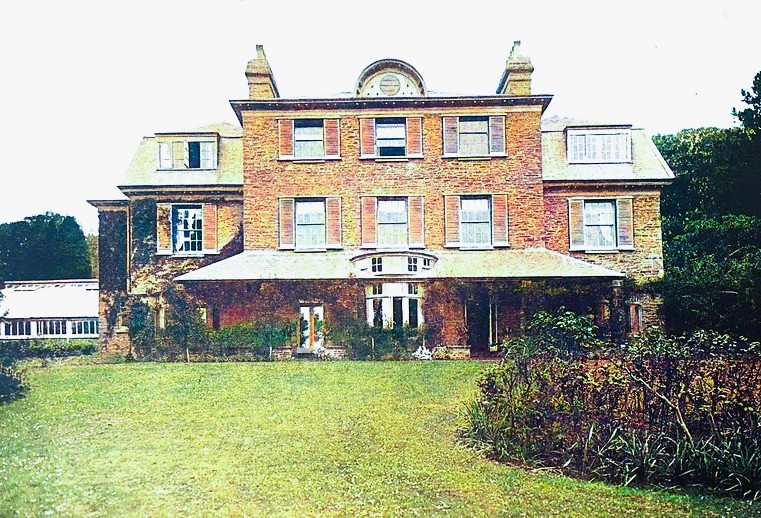
This article explores the links between Pembrey House and three of the early industrialists in the area – Thomas Gaunt, John Stanley and James Elkington. The sources are a mix of primary and secondary and dates are often different in the materials. Pembrey House is now demolished.
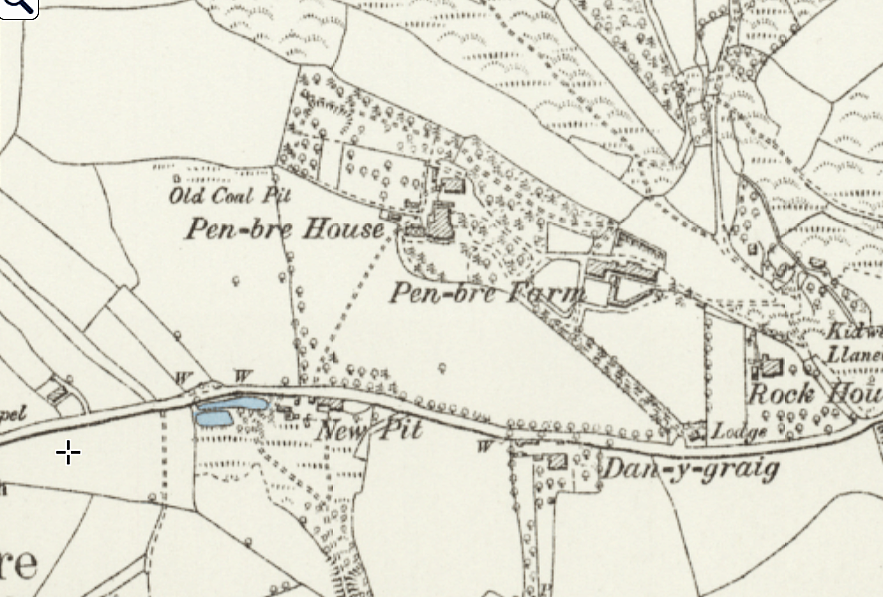
It seems Pembrey House was built around 1820 by the third Earl of Ashburnham, George, who was born in 1761 and known as Viscount St Asaph. He was educated at Westminster School and Trinity College Cambridge. A trustee of the British Museum, he showed antiquarian interests and was described as pleasant but very reserved. Politically George was a Tory and a member of the House of Lords but disinclined to public life. Pembrey House was built on the 500 acres of marshland reclaimed by the Earl.
Pembrey House was leased around 1823 to the Pembrey Coal and Iron Company and its owner Thomas Gaunt took up residence there from his previous occupation at New Lodge. The 1840 Shuttleworth and Sons sales catalogue of the Pembrey Coal and Iron Company 1 included details of Pembrey House being over 23 acres of land and lists externally lawns, garden and shrubbery, a coach house, a stable, a brewhouse, a cowhouse, calf pen, piggery and corn chamber. Internally the basement had a wine cellar, the main floor a 22x16ft dining room, 22x16ft. drawing room, library, kitchen, washroom etc. The first floor had five bedchambers, and the upper storey another five with a storeroom. It reflected Gaunt’s desire to live an extravagant lifestyle which could not be sustained and ultimately led to the failure of his company.
The 1922 Ashburnham Sales Catalogue 2 indicates some restructuring of the property which is described as a mansion in 29 acres of parklands and woodlands: on the ground floor there was a library, dining room, conservatory and vinery, servant’s quarters and three cellars in the basement; a solid oak staircase led to the first floor which had a drawing room and six bedrooms; the second floor had eight bedrooms. At the time it was occupied by Lady Catherine Ashburnham.
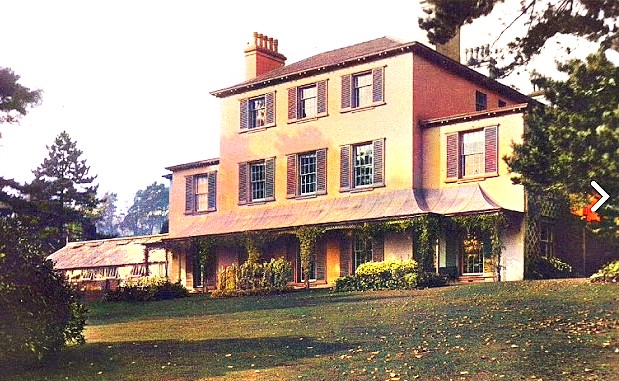
THOMAS GAUNT (1796 – 1875)
Thomas Gaunt’s early days are described in more detail in the article ‘New Lodge’, where he first lived in the area, on the website3 (to come soon) and more information on his company and achievements can be found in our recent book 4. The story of his demise is confusing and there are gaps in the narrative.
It is not clear exactly when Thomas Gaunt and family left the area and Pembrey House but speculation from the earliest commentaries has suggested that it was a sudden exit to avoid his creditors and even that he left the country for America. There are indications of large bank loans accumulating from 1822 and probably he left around 1827, but the speculative stories are unlikely for a number of reasons: first, there was no need for him to run away and avoid his debts and, second, he appears in London correspondence from 1835 onwards. Until 1861 bankruptcy could be claimed by merchants and traders and thereby prevent any legal action by creditors to recover the money owed to them. The London Gazette has a number of reports which mention Gaunt in his journey from bankruptcy to re-entry into the legal profession and the first was in London in 1835. In 1837 a ‘Fiat in Bankruptcy’ was issued against Gaunt and the London Gazette includes him in a list of bankrupts. In 1839 he appears in a group re-admitted as attorneys to the Queen’s Bench and by 1841 he is recorded working as a solicitor. His remarkable industrial adventure ended back in London.
JOHN STANLEY (1786-1865)
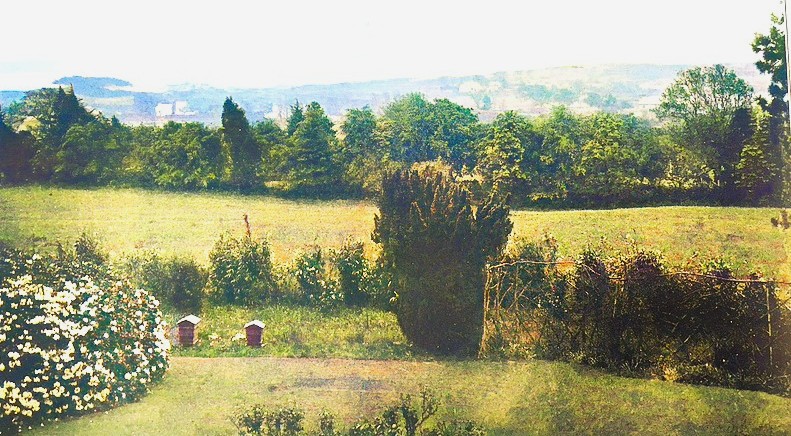
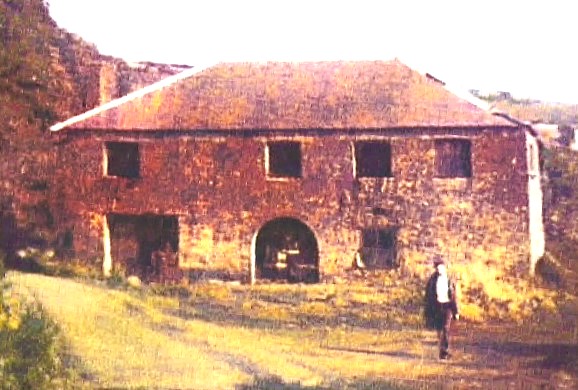
Baptised at Ashton-under-Lyne in Lancashire, John Stanley, married Martha Woodcock in Manchester in 1835. He was in charge of the family iron foundry from 1834 and we meet him in 1845 receiving a 60-year lease on Pembrey House as part of the purchase of the assets of Thomas Gaunt’s Pembrey Iron and Coal Company.
By the 1851 Census he was living in Pembrey House with his wife Martha and their six children until after financial difficulties he left the area in the beginning of the 1860s. While in Pembrey he took over the Pembrey and Gwscwm collieries and Gaunt’s New Pit became known as Stanley’s Pit, as also Gaunt’s tramway became Stanley’s tramway. The pit was a significant operation and at 342 feet the deepest pit in the area. The remains of a ventilation furnace used to create airflow can be seen in the vicinity which consisted of a stone chimney stack about10 metres high and 2 metres wide and is described in detail on the Cadw website as a scheduled monument.
The operations of Gaunt’s coal and iron company were expanded with the iron foundry shipping supplies from Pembrey harbour. He also was involved in collieries outside the area in Llanelli and Gowerton. 5 What was known as Furnace School or Stanley’s School was held in the upstairs of a building part of the iron works. A private adventure school, the master was a clergyman’s son and had received a good education. The scholars were the children of farmers and labourers and “the copy books were kept very clean and were well written”. 6
Stanley further enlarged the Ironworks, also acquired further mining interests in Gowerton and Llanelly and continued as a prosperous industrialist in the area until about 1865.
JAMES BALLENEY ELKINGTON (1830-1907)
Son of George Elkington, James was born in 1830 and married Margaret Meredith in 1854 in Warwickshire. In the 1871 Census James was not present but Margaret had two visitors, one her sister and listed also are seven servants – butcher, cook, lady’s maid, two housekeepers, footman and kitchen maid. In the 1881 census Howard Elkington, the brother of James, and his family were living in Pembrey House with James listed as a visitor and described as copper smelter. A governess and six household servants are named. Margaret died in 1886 and James later married Emily Jane Hilbers at Brighton. On his death in 1907 his address was 128 Newhall Street, Birmingham, the site of the Elkington and Mason works.
When he died James Elkington left all his household effects including jewellery & pictures to his wife Emily and provided an annuity of five hundred pounds free of all death duties payable during her widowerhood. But his properties were handed to the Family Trust. 7
His legacy lies in the remarkable developments in the copper works following on from the chemical electroplating of base metals with silver in the 1840s. This was the process of electrolytic copper-refining. James Elkington in 1865 patented the commercial processes for using electrolysis both to extract silver from copper and to purify copper and so installed the world’s first electrolytic refining plant at Pembrey in 1869. Copper purity was key for the future and the development has been called one of the most important inventions of the modern era, since the purity of the copper made the subsequent electrical revolution possible. It enabled the production of electrical wire and electrical components, because copper’s electrical conductivity is reduced by impurities. This has to be the town’s finest achievement and its greatest claim to fame.
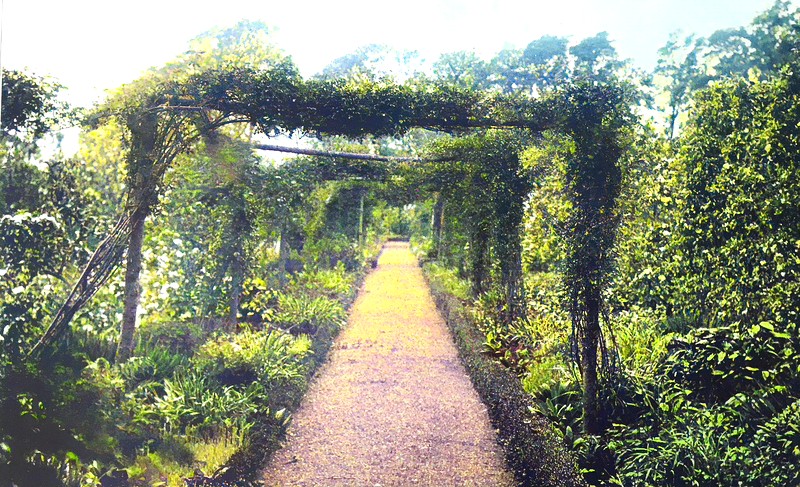
Notes
- Carmarthenshire Libraries, (LC5112)
- Author’s Collection
- pembreyburryportheritage.co.uk
- Pembrey and Burry Port: 19th Century Heritage, The Heritage Group, 2024. Available at Amazon.
- Craig, R.S., Prothero Jones R, Symons: The Industrial and Maritime History of Llanelli and Burry Port 1750-2000, Carmarthenshire County Council, 2002, pp. 64-5.
- Reports of the Commissioners of Inquiry into the State of Education in Wales, National Library of Wales.
- Elkington Family websites.
Other Source
Homes of Historic Interest in and around Llanelli, William and Benita Afan Rees, Meiros Publications. (Date Unknown)
